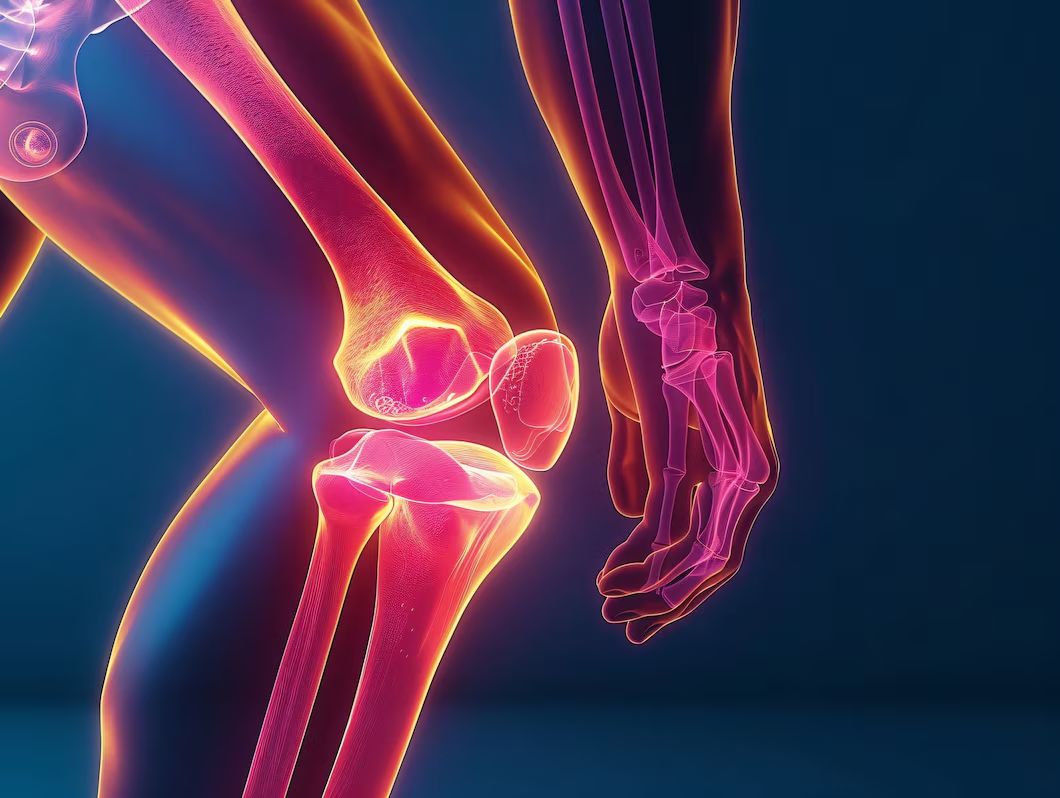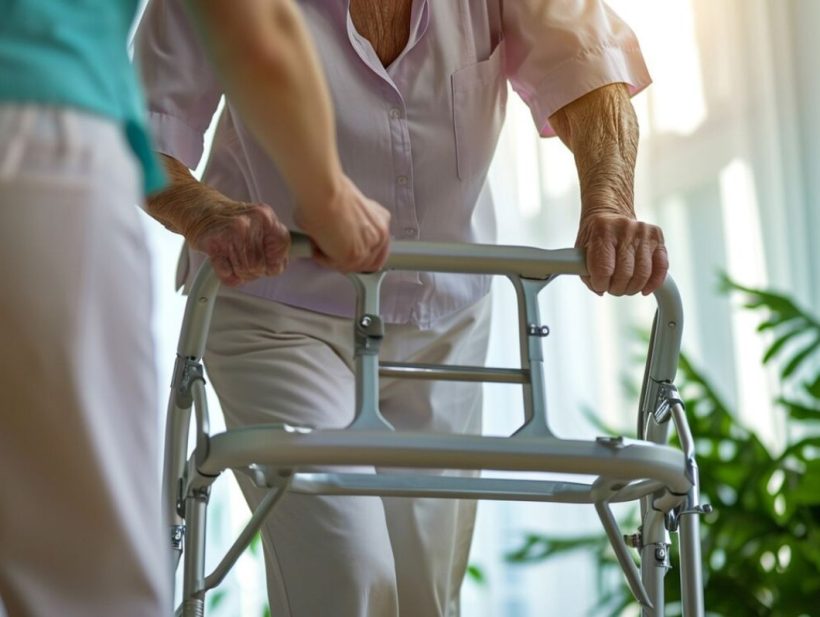Understanding RA and Its Impact on Feet
Rheumatoid arthritis (RA) is a chronic autoimmune condition that primarily affects the joints, leading to inflammation, pain, and eventually joint damage. When it comes to the feet, RA can be particularly troublesome. The inflammation can cause swelling, stiffness, and deformities in the joints of the feet and ankles, making even simple activities uncomfortable. Common foot-related symptoms include swelling in the arches, bunions, and hammertoes, all of which can significantly impact daily life.
The foot problems associated with RA can be quite diverse, ranging from mild discomfort to severe deformities. These issues can make it difficult to find comfortable footwear, lead to mobility issues, and generally affect your quality of life. Understanding these impacts is the first step in managing them effectively.
Foot Care Strategies
Daily Foot Inspection
One of the most important things you can do to maintain foot health is to check your feet every day. This doesn’t have to be a lengthy process; just a quick look can help you spot potential issues early. Look for any cuts, blisters, or changes in skin color. Small problems can quickly turn into larger ones if not addressed promptly, so daily inspection is a crucial habit.
If you have trouble seeing or reaching your feet, consider using a mirror or asking for help from a family member. It might seem like a small step, but catching issues early can prevent more serious complications.
Proper Foot Hygiene
Keeping your feet clean and dry is vital in preventing infections and maintaining overall foot health. Wash your feet daily with mild soap and warm water, and make sure to dry them thoroughly, especially between the toes where moisture can lead to fungal infections.
Applying a good quality moisturizer to your feet can help prevent dryness and cracking, which is important since cracked skin can become a gateway for infections. Just make sure not to apply moisturizer between your toes, as this area should remain dry.
Nail Care
Proper nail care is also important for individuals with RA. Trimming your toenails regularly helps avoid issues like ingrown toenails, which can be particularly painful and problematic. Use a pair of nail clippers that are easy to handle and, if possible, have someone help you with the trimming to avoid any accidental injuries.
If you notice any changes in your toenails, such as discoloration or thickening, consult your healthcare provider. These changes can sometimes be an indicator of underlying problems and should be evaluated by a professional.
Footwear Recommendations
Choosing the Right Shoes
When you have RA, choosing the right shoes can make a world of difference. Look for shoes that are comfortable and supportive. They should have ample cushioning to absorb shock and reduce impact on your joints. A wide toe box can also help prevent additional pressure on deformed toes and help you avoid discomfort.
Opt for shoes with adjustable closures, like Velcro or laces, to accommodate any swelling you might experience. The right shoe can alleviate a lot of pain and make your daily activities much more manageable.
Custom Orthotics
Custom orthotics are another excellent option for those with RA. These are specially designed insoles that support the unique structure of your feet and can help redistribute pressure more evenly. If you’re experiencing significant foot pain or deformities, talking to a podiatrist about custom orthotics might be a good step.
Orthotics can help improve your posture and reduce pain by providing extra support and cushioning. They can be especially beneficial if you have high arches or flat feet, which are common issues among people with RA.
Avoiding Harmful Footwear
Certain types of footwear can exacerbate foot problems in individuals with RA. High heels, for example, can place undue stress on the forefoot and exacerbate issues like bunions and metatarsalgia. Flip-flops and sandals that offer little to no support can also lead to discomfort and even injury.
When shopping for new shoes, avoid those that are too tight or offer insufficient support. It’s important to prioritize comfort and support over style to ensure that your feet remain healthy.
Managing Pain and Inflammation
Pain Relief Techniques
Managing pain and inflammation is a key part of living with RA. Over-the-counter pain medications like ibuprofen can help reduce inflammation and provide relief from pain. For more severe cases, your doctor might prescribe stronger medications or recommend topical treatments that can be applied directly to the affected areas.
Heat and cold therapy can also be effective. Applying a warm compress or heating pad can help relax stiff muscles and joints, while an ice pack can reduce swelling and numb pain. Experiment with both to see which provides you with the most relief.
Rest and Elevation
Resting and elevating your feet can significantly reduce swelling and discomfort. Try to rest your feet whenever possible, and when you do, elevate them by propping them up on a pillow. This simple adjustment can help improve circulation and alleviate some of the pressure on your feet.

Exercise and Physical Therapy
Engaging in low-impact exercises can help maintain joint flexibility and strengthen the muscles around your joints, which can alleviate some of the discomfort associated with RA. Swimming, cycling, and gentle stretching are often recommended. Physical therapy can also be beneficial, providing you with tailored exercises and techniques to manage your symptoms effectively.
Regular physical activity, combined with a personalized exercise program from a physical therapist, can help you maintain mobility and reduce the strain on your feet.
Lifestyle Modifications
Weight Management
Maintaining a healthy weight is crucial for managing foot health, especially when you have RA. Extra weight puts additional stress on your joints, including those in your feet, which can exacerbate pain and lead to further complications. Even a modest reduction in weight can significantly ease the pressure on your feet and improve your overall comfort.
Incorporating a balanced diet rich in fruits, vegetables, lean proteins, and whole grains can help you achieve and maintain a healthy weight. Regular physical activity, tailored to your abilities and preferences, also plays a key role. Consider working with a nutritionist or dietitian to develop a plan that supports your health goals while accommodating your RA needs.
Dietary Considerations
Diet can influence inflammation levels in the body, which is important for managing RA symptoms. An anti-inflammatory diet can help reduce overall inflammation and potentially alleviate some of the discomfort associated with RA. Foods rich in omega-3 fatty acids, such as salmon, flaxseeds, and walnuts, have been shown to have anti-inflammatory effects.
On the other hand, certain foods might contribute to increased inflammation. These can include processed foods, sugary snacks, and excessive amounts of red meat. Paying attention to how different foods affect your symptoms and adjusting your diet accordingly can make a noticeable difference.
Managing Stress and Fatigue
Living with RA can be stressful and may lead to feelings of fatigue, which can, in turn, worsen symptoms. Managing stress through techniques like mindfulness, meditation, or gentle yoga can help you cope better with the demands of the condition.
It’s also important to listen to your body and ensure you’re getting enough rest. Fatigue can exacerbate pain and make daily tasks more challenging. Prioritizing good sleep hygiene and setting aside time for relaxation can help you manage both stress and physical symptoms more effectively.

Professional Care and Monitoring
Regular Check-ups
Routine check-ups with your rheumatologist and podiatrist are essential for monitoring the progression of RA and addressing any foot-related issues. Regular visits can help catch problems early, allowing for timely interventions that can prevent complications. Your healthcare providers can offer personalized advice and adjust your treatment plan based on your current needs.
Consider getting in touch with AppliedMotion, expert podiatrists located in Wembley known for its expertise in managing foot conditions related to RA. Their team can provide tailored care and innovative treatment options to help manage pain and improve foot function. Don’t hesitate to reach out to them or similar specialists in your area to ensure you’re getting comprehensive care.
If you’re experiencing new or worsening symptoms, don’t hesitate to reach out to your healthcare team. They can provide guidance on managing these changes and offer solutions tailored to your specific situation.
Addressing Deformities
RA can lead to various foot deformities, such as bunions, hammertoes, or claw toes. These deformities can cause pain and impact your ability to walk comfortably. Treatment options range from conservative measures like custom orthotics and proper footwear to more invasive approaches such as surgical correction.
Discussing these options with your healthcare provider can help you choose the best approach for managing or correcting foot deformities. They can provide recommendations based on the severity of the deformity and your overall health.
Foot Care Education
Educating yourself about RA-specific foot care can empower you to take an active role in managing your condition. Many healthcare providers offer resources and educational materials that can help you understand how to care for your feet effectively. Consider asking your provider for recommendations or searching for reliable resources online to stay informed about best practices.
Support and Resources
Support Groups
Connecting with others who have RA can provide valuable support and insight. Support groups, both in-person and online, offer a platform for sharing experiences, discussing coping strategies, and gaining encouragement from people who understand what you’re going through. Engaging with these groups can help reduce feelings of isolation and provide practical tips for managing daily challenges.
You can find local support groups through hospitals, community centers, or online forums dedicated to RA. Many organizations also offer virtual meetings, which can be a convenient option if you prefer to connect from home.
Educational Resources
There are numerous resources available to help you learn more about RA and foot care. Books, websites, and organizations dedicated to arthritis can offer valuable information and practical advice. Look for reputable sources such as the Arthritis Foundation or the American College of Rheumatology for reliable content.
Educational resources can provide additional strategies for managing RA and keeping your feet healthy, helping you stay informed and empowered in your care journey.

Conclusion
Managing foot health with rheumatoid arthritis (RA) can be challenging, but with the right strategies and support, it’s entirely possible to alleviate discomfort and improve your quality of life. By incorporating daily foot inspections, practicing proper hygiene, and choosing appropriate footwear, you can significantly reduce the impact of RA on your feet. Custom orthotics and pain relief techniques can provide additional support, while lifestyle modifications such as weight management and a balanced diet can make a meaningful difference.
Regular professional care and education are vital for staying on top of your condition and addressing any issues that arise. Connecting with support groups and utilizing educational resources can further enhance your ability to manage RA effectively and maintain a positive outlook.
Remember, proactive foot care and a comprehensive approach to managing RA can lead to a more comfortable and fulfilling life. Your healthcare team is there to support you every step of the way, so don’t hesitate to reach out with any questions or concerns. By taking these steps, you can better navigate the challenges of RA and focus on living your life to the fullest.
